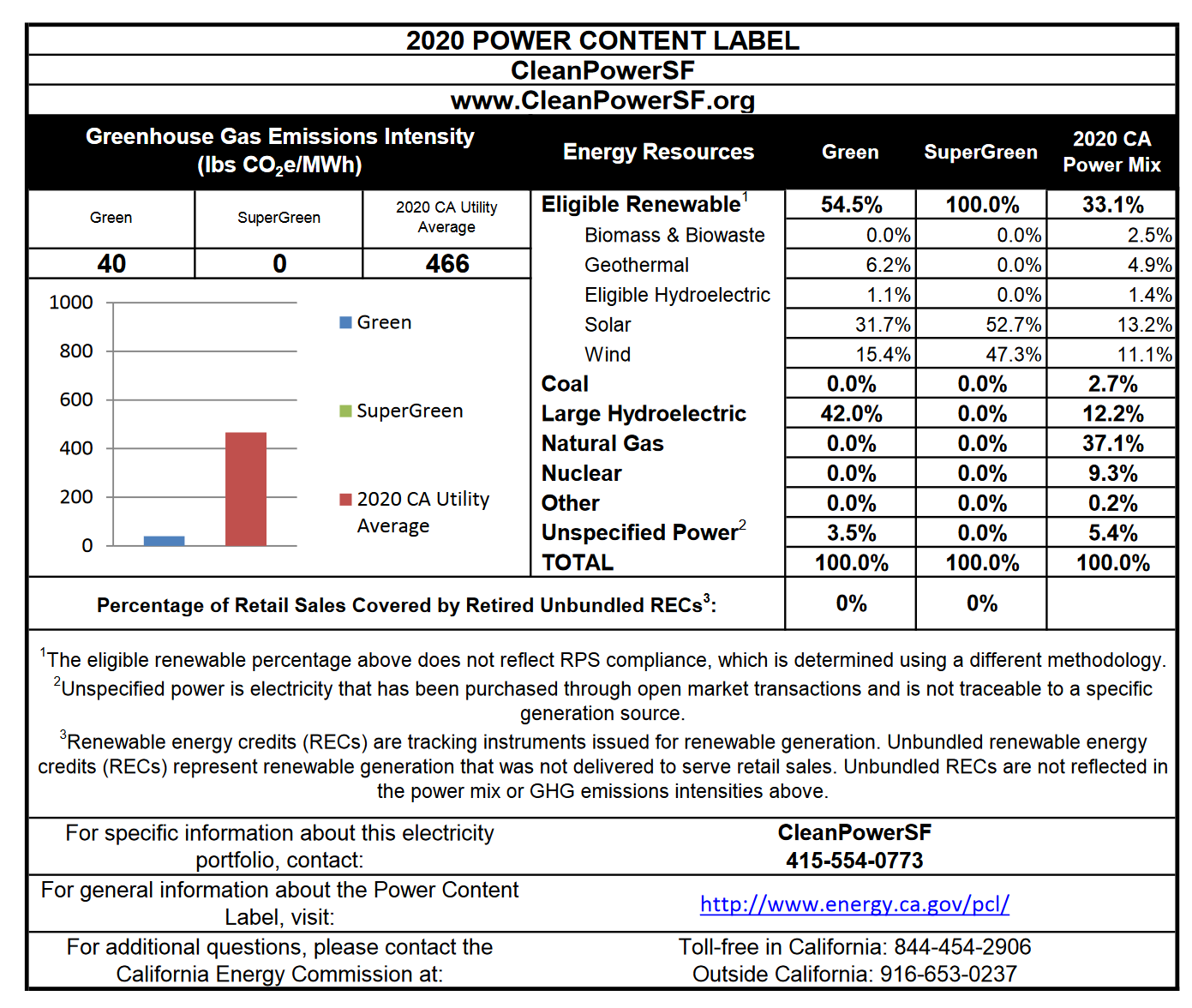|
The best thing an individual American can do right now to fight global warming personally is to switch to electricity for all your energy needs. Your next car should be electric and your next home heater and water heater should be heat pumps. Rooftop solar is an excellent idea too. That’s the central argument in Electrify, Saul Griffith’s new book about global warming (Amazon). He’s been talking about this for awhile; Electrify covers a lot of the same ground as his free self published Rewiring America and his Make articles. The most interesting part of the new book isn’t the personal advice but rather his global plan for how the whole world mitigates global warming. He starts by pointing out how urgent the problem is: we have to start doing more right now, this very year, and there’s no time to wait on new technologies. Electricity is the best form of energy for transportation and storage. The basic idea is to shift from fossil fuel to electric consumption while in parallel adding more carbon-neutral electricity sources to the grid. He argues we’ll need 4x as much electricity in the US to achieve full electrification but this is a huge net gain (50%ish) in both total energy consumption and actual costs. He advocates for an effort akin to World War II mobilization to get it done, financed with low interest debt. What I like best about his argument is it breaks the Gordian knot about “what can we do”? Electrify now and work on adding clean energy sources. I also like his holistic clarity, he really looks at whole-world energy consumption and economics. The optimism is great too. I find the argument convincing. That being said, I also think global warming is a terrible problem that world politics won’t solve in time. We’re at 1.2C warming now. The Paris goal of 1.5–2C seems impossible. 3C seems inevitable and I suspect we’ll get to 4C at least before warming starts to reverse. That’s an enormous global catastrophe so big I think we have to consider geoengineering in parallel to decarbonizing to stave off the worst effects. As the book points out there's a risk people will see geoengineering as an alternative to decarbonization. It's not, but it might be a band-aid to give us time to get CO2 under control. I've gotten interested in lowering my carbon footprint. That's led me to do some light research on a couple of consumer power topics. CleanPowerSF is San Francisco's green energy program. Basically PG&E operates the grid but CleanPowerSF gets the power from green sources. Surprisingly, there's no real extra cost for typical users.  The image above is their Power Content Label, a national standard for reporting where your power comes from. The Green program is at least 97% fossil-fuel-free. Note that large hydroelectric does not technically count as "renewable" on this label for political reasons. Here's a list of other power content labels in California for comparison. Ordinary California power is 40% fossil fuels. Pacific Power in the the north is over 75% fossil fuel. The California Climate Credit is a carbon tax thing. The big power generation companies pay a carbon tax to the state for greenhouse gas emissions. Some of that tax is given directly to consumers; $50-$200 a year for each customer. I don't understand why it's set up that way. I've been doing other power related stuff, too. I'm getting solar installed, that makes good financial sense if you can afford a 7 year investment horizon. I also changed my investment strategies to avoid fossil fuel companies; that's really just a cost to me but I feel better about it. |
||
